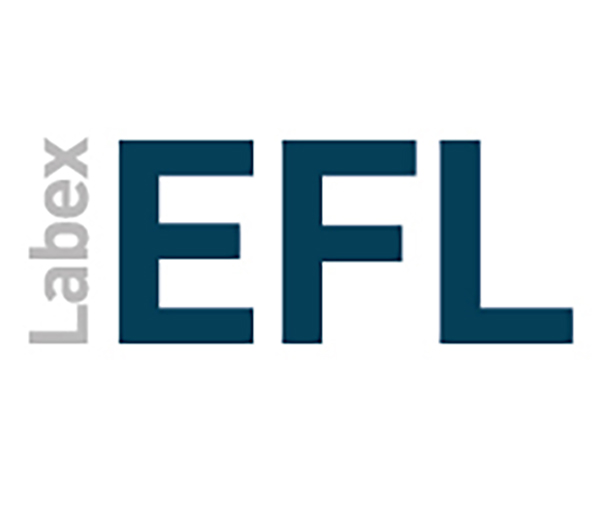A graph-theoretic approach to inflectional typology
LLF – Bât. ODG – 3e étage – Salle 357
Andrea Sims (Ohio State University)
A graph-theoretic approach to inflectional typology
From the perspective of abstractive Word-and-Paradigm theories, the complexity of an inflectional system is a function of how predictable its morphological forms are. A typological extension of this notion of complexity asks whether languages differ in the extent of their inflectional predictability, and how the systemic organization of morphological systems facilitates or inhibits predictability. However, single-measure estimates of complexity calculated at the level of inflectional systems (e.g. the Low Entropy Conjecture; Ackerman and Malouf 2013) can conceal large differences in the predictability of individual elements in inflectional systems. Continued progress towards understanding inflectional typology will thus require more fine-grained measures of morphological organization. In this talk I draw on standard metrics from graph theory (e.g. shortest path length, local/global clustering coefficient, degree distribution) as a new way to define and cross-linguistically compare the structure of inflection class systems. Graph theory is ideally suited to inflectional typology because it offers well-understood measures of network organization – both systemic properties and local relationships among elements – and makes predictions for how those elements will interact, for instance in analogical inflection class shift.




